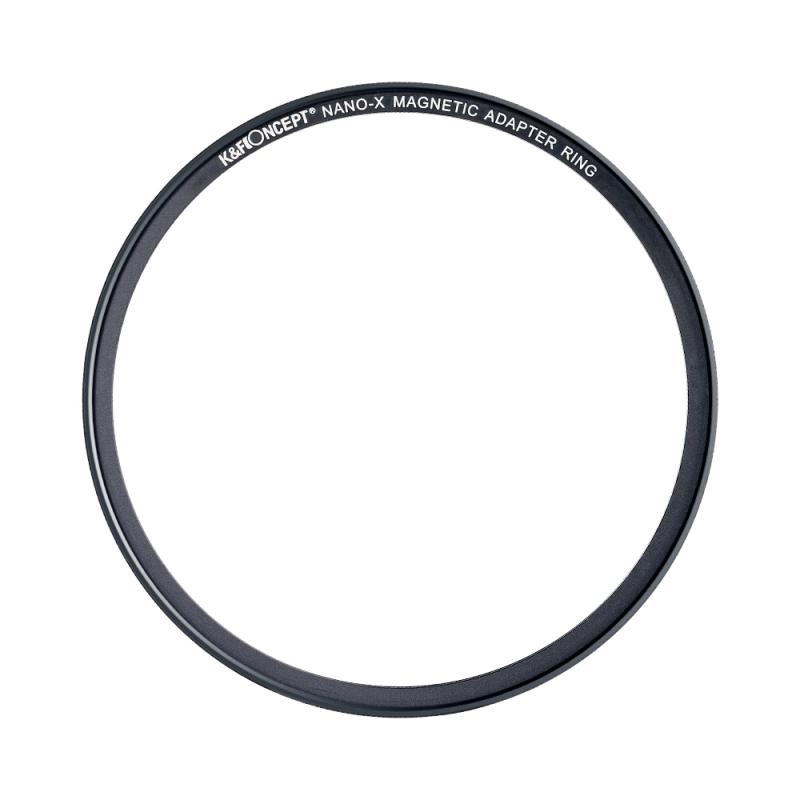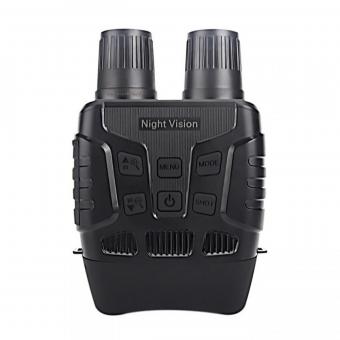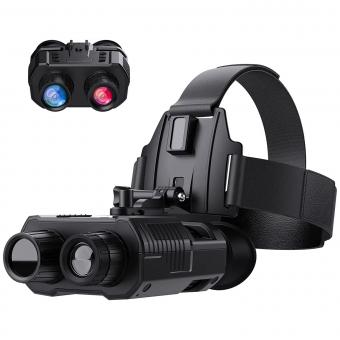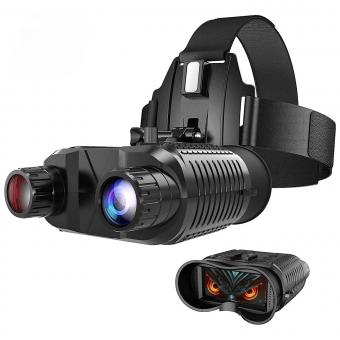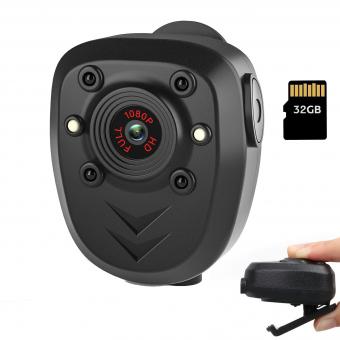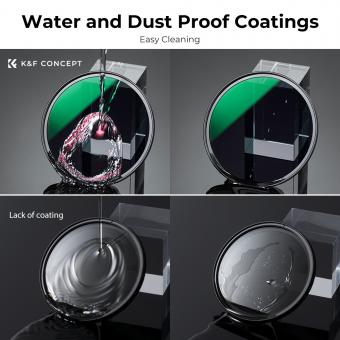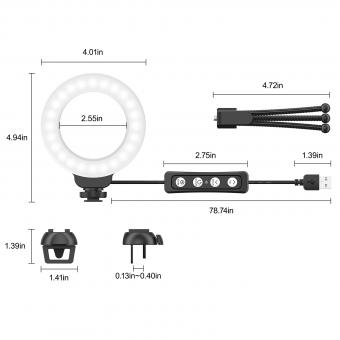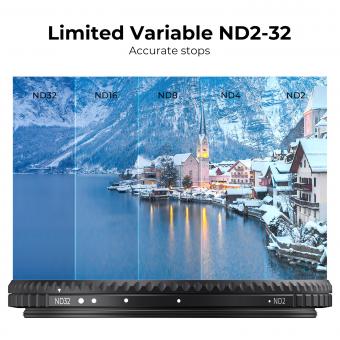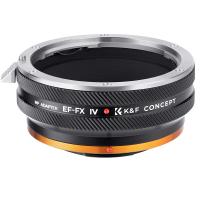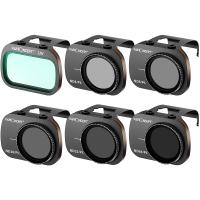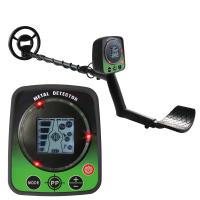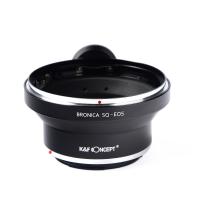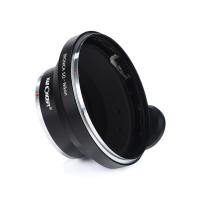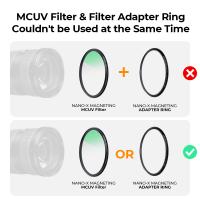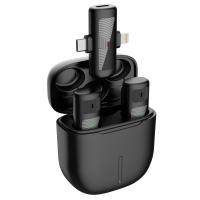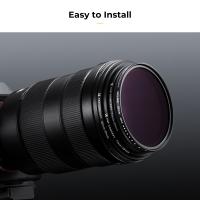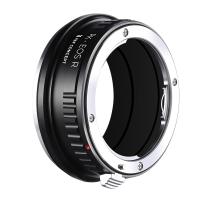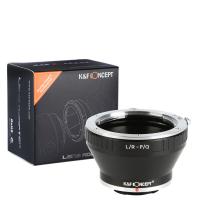Which Cameras Have Weak Infrared Filters ?
Some cameras that are known to have weak infrared filters include the Fujifilm X-Pro1, Nikon D70, and Canon EOS 5D Mark II.
1、 "Digital Cameras with Weak Infrared Filters"
Digital cameras with weak infrared filters are those that allow a significant amount of infrared light to pass through the sensor. This can result in images with a strong infrared effect, where colors are shifted and foliage appears white or light pink. While this effect can be desirable for some photographers, it can also be a drawback for those looking for accurate color reproduction.
One example of a camera known for its weak infrared filter is the Fujifilm X-Pro1. This camera, released in 2012, gained popularity among infrared photography enthusiasts due to its ability to capture stunning infrared images without the need for external modifications. The X-Pro1's weak infrared filter allows a higher amount of infrared light to reach the sensor, resulting in vibrant and surreal infrared photographs.
Another camera that is often mentioned for its weak infrared filter is the Nikon D70. Released in 2004, the D70 was known for producing images with a strong infrared effect straight out of the camera. This made it a popular choice for photographers interested in infrared photography without the need for extensive post-processing.
It is important to note that the concept of weak infrared filters in digital cameras is subjective and can vary from model to model. Manufacturers have made improvements in recent years to enhance color accuracy and reduce the infrared effect in their cameras. Therefore, it is recommended to research and test specific camera models to determine their infrared capabilities before making a purchase.
In conclusion, cameras with weak infrared filters, such as the Fujifilm X-Pro1 and Nikon D70, can produce stunning infrared images with vibrant colors and surreal effects. However, it is essential to consider personal preferences and the desired outcome when choosing a camera for infrared photography, as newer models may offer improved color accuracy and reduced infrared effects.
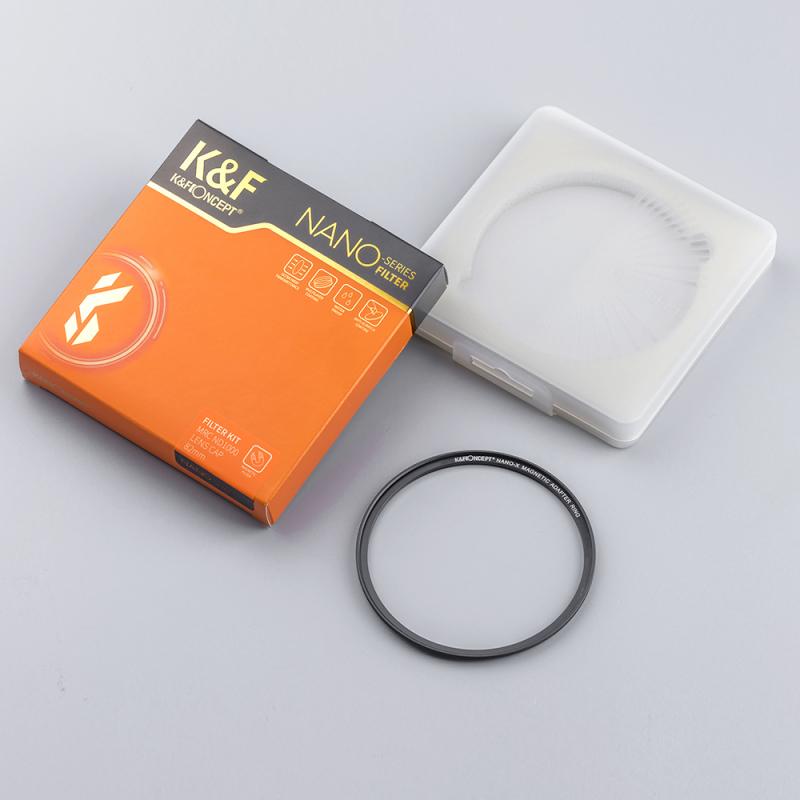
2、 "Common Camera Models with Inadequate Infrared Filters"
Common Camera Models with Inadequate Infrared Filters
There are several camera models that are known to have weak infrared filters, which can result in the capture of infrared light that is not visible to the human eye. These cameras are often used by photographers and videographers who specifically want to capture infrared images or videos. However, for those who are not looking for this effect, it can be a disadvantage as it can lead to inaccurate color reproduction and unwanted infrared artifacts in their images.
One camera model that is often mentioned for its weak infrared filter is the Canon EOS 5D Mark II. This camera has been known to capture infrared light, even though it is not intended to do so. Another camera model that has been reported to have a weak infrared filter is the Nikon D70. This camera was released in 2004 and has since been replaced by newer models, but it is still worth mentioning for its infrared capture capabilities.
It is important to note that the weak infrared filter in these cameras is not necessarily a flaw or a defect. In fact, some photographers and videographers intentionally modify their cameras to remove or replace the infrared filter in order to capture infrared images. However, for those who are not interested in this effect, it is advisable to choose a camera model with a stronger infrared filter to ensure accurate color reproduction and avoid unwanted infrared artifacts.
It is worth mentioning that camera technology is constantly evolving, and newer camera models may have improved infrared filters compared to their predecessors. Therefore, it is always recommended to research and consult with experts or read reviews before purchasing a camera if you have specific requirements regarding infrared capture.
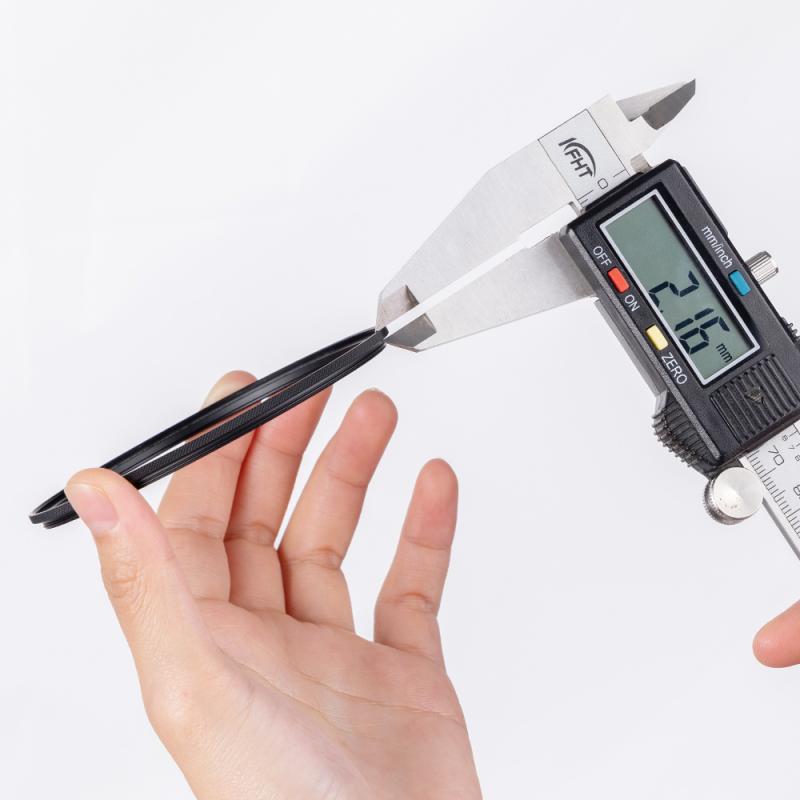
3、 "Understanding Cameras with Insufficient Infrared Filter Capabilities"
Understanding Cameras with Insufficient Infrared Filter Capabilities
When it comes to infrared photography, the quality of the infrared filter in a camera plays a crucial role in capturing accurate and vibrant infrared images. However, some cameras have weak infrared filters that may not effectively block visible light, resulting in less desirable infrared photographs.
One example of a camera with a weak infrared filter is the Nikon D70. This camera, released in 2004, was known for its poor infrared filter capabilities. It allowed a significant amount of visible light to pass through, leading to images with a reddish or pinkish hue. This weak infrared filter made it challenging to achieve the desired black and white infrared effect.
Another camera notorious for its weak infrared filter is the Canon EOS 20D. Released in 2004, this camera also suffered from inadequate infrared filter capabilities. It allowed a considerable amount of visible light to pass through, resulting in images with a strong color cast and reduced infrared effect.
It is important to note that camera technology has significantly advanced since the release of these models. Manufacturers have recognized the importance of infrared photography and have improved the infrared filter capabilities in newer camera models. Therefore, it is crucial to consider the latest point of view when discussing cameras with weak infrared filters.
In conclusion, cameras such as the Nikon D70 and Canon EOS 20D had weak infrared filter capabilities, resulting in less desirable infrared photographs. However, it is essential to stay updated with the latest camera models as manufacturers have made significant improvements in infrared filter technology.

4、 "Infrared Filter Limitations in Popular Camera Brands"
Infrared filter limitations in popular camera brands vary, and it is important to note that advancements in technology can change the landscape. However, historically, some cameras have been known to have weaker infrared filters compared to others.
One brand that has been criticized for its weak infrared filter is Canon. Canon cameras, particularly the older models, have been reported to have less effective infrared filters, allowing more infrared light to pass through. This can result in images with a reddish or magenta cast when shooting in daylight conditions. However, it is worth mentioning that Canon has made improvements in recent years, and their newer models tend to have better infrared filters.
Another brand that has faced criticism for its infrared filter limitations is Nikon. Similar to Canon, older Nikon models have been known to have weaker infrared filters, leading to color shifts in infrared photography. However, like Canon, Nikon has also made advancements in their newer models to address this issue.
Sony is another brand that has been mentioned in discussions about weak infrared filters. Some Sony cameras, especially the mirrorless models, have been reported to have less effective infrared filters, resulting in color shifts and the need for additional post-processing to correct the images.
It is important to note that these limitations are not necessarily deal-breakers, as many photographers enjoy experimenting with infrared photography and the unique effects it can produce. Additionally, advancements in post-processing software can help mitigate some of the issues caused by weak infrared filters.
In conclusion, while some popular camera brands have been criticized for their weak infrared filters in the past, it is essential to consider that technology is constantly evolving. Manufacturers are continuously improving their products, and newer models tend to have better infrared filter performance. Therefore, it is advisable to research the specific model and its infrared capabilities before making a purchase decision.
